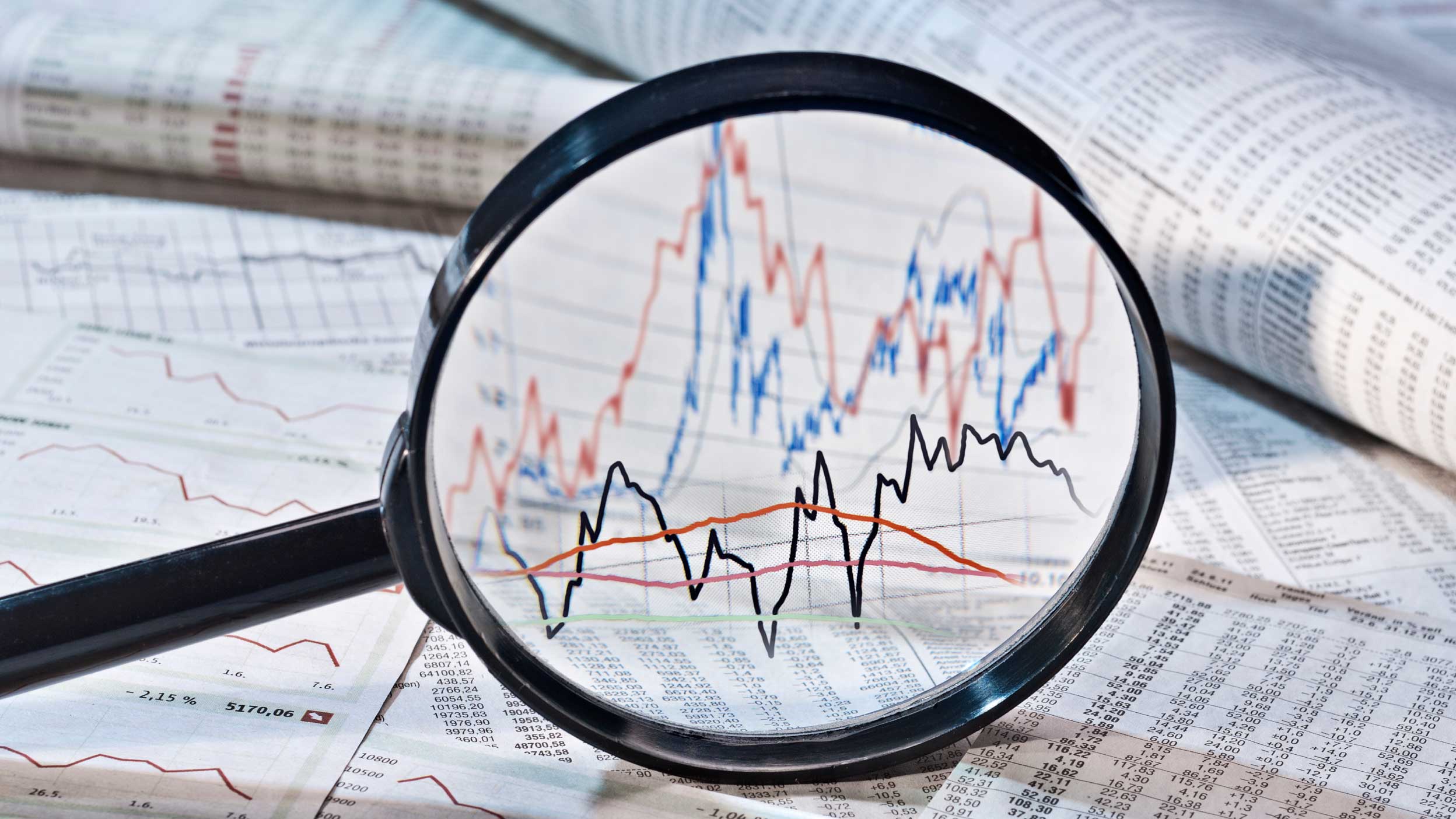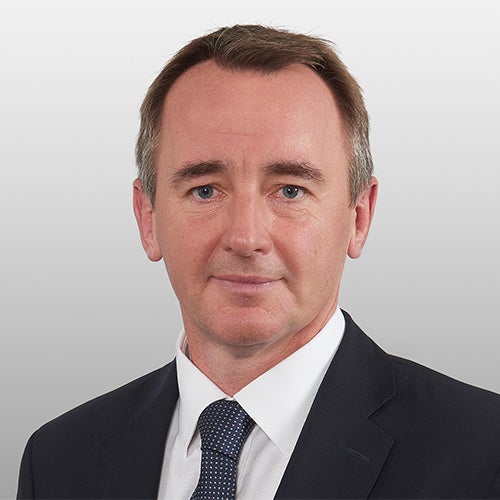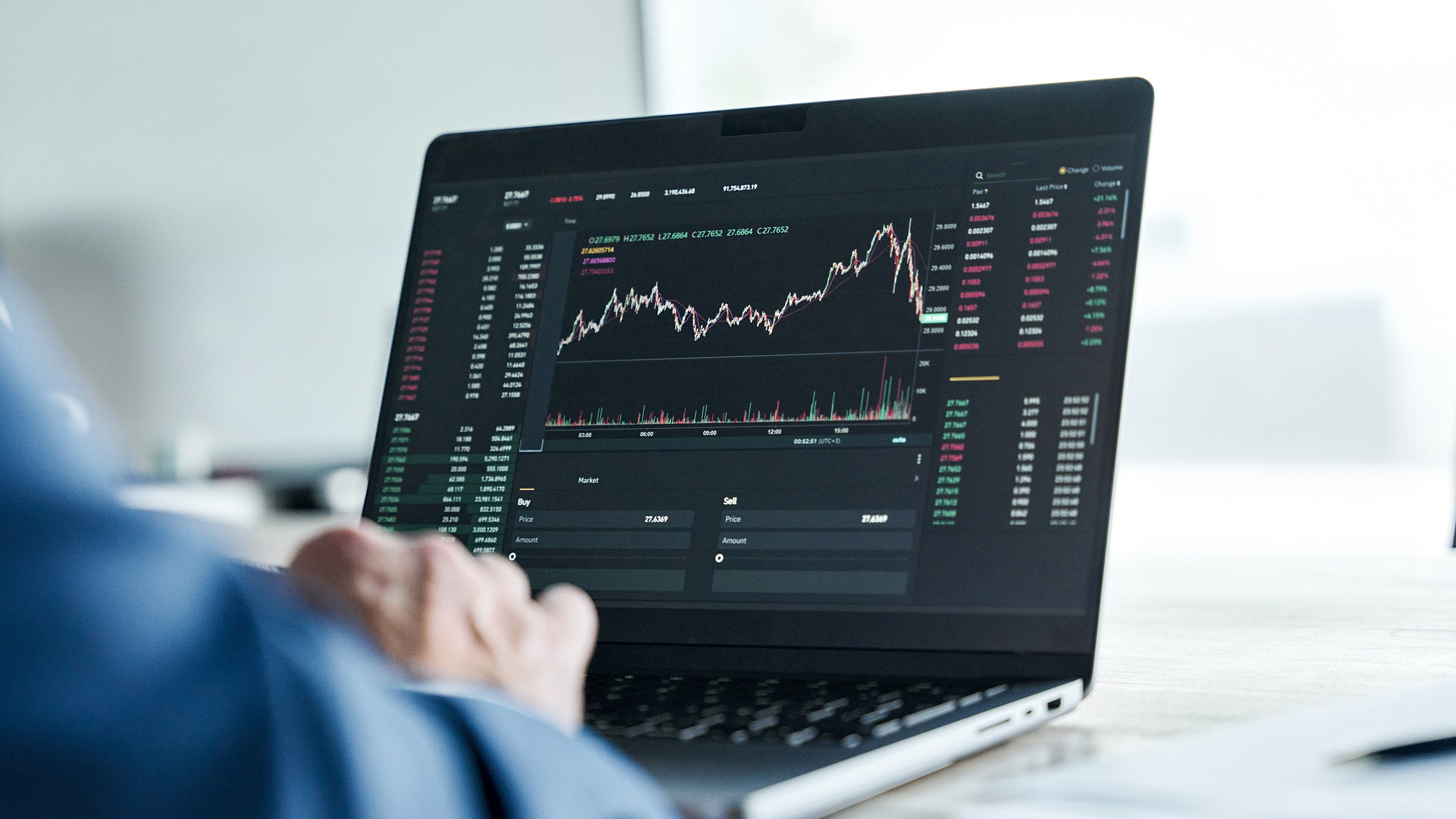How has 2023 turned out for bond markets?
If I’m honest, not as I expected and not as I was hoping either.
After the big move higher in rates in 2022 and the negative returns that went with it for bond investors, it seemed like the foundations were set for a good year in 2023. We were starting with a decent yield for the first time in a long time, and we had early signs of lower inflation. It looked like we might get that yield plus some capital return.
But, since early in the year, the economic data has tended to push up interest rate expectations. This has been a mixture of higher-than-expected inflation data in Q2 and better-than-expected growth data, especially in the US.
As a result, core government bond markets are heading for the third year of negative returns in a row, albeit 2023 is nowhere near as bad as last year. Credit spreads have been okay. They have actually tightened a bit. But the weakness on the rates side means that returns in investment grade are pretty modest, year-to-date.
So, it’s been a less positive year than I had hoped, and I think that has had an impact on flows too. We haven’t seen the sort of re-allocation to bonds that people were anticipating.
The rates sell-off has extended longer than the market expected. Do you think it will be over soon?
Yes, I think the Bank of England, the Fed and the ECB are all done. I think the Fed might hold out the possibility of another hike for a while to stop the market getting too far ahead.
What has really been in focus in the past few months is the length of time rates stay at the peak.
While the market is saying that the peak is very near current levels for all three of these central banks, the timing of rate cuts has been pushed out.
How has that suited your positioning?
It’s been a headwind. Yields on longer-dated bonds have risen, flattening the curve. Strategies with more duration have underperformed.
I’ve been adding duration to my portfolios, on and off, since rate expectations really began to rise at the start of 2022. I’ve been adding more in the last few months as the longer-dated parts of the market have been weaker.
I’ve been too early to do this in so far as yields have continued to rise, and I could have waited for better entry points. But the yield I could get was increasingly attractive, and our approach is built on the idea that we take more risk when we feel we are being better rewarded.
I think I’m being well rewarded now. I think the case for more allocation to bonds is strong.
A lot of investors seem to disagree. A lot of money has been going to cash. Is that a mistake?
Of course, you can see the temptation of cash. Why take risk further along the curve when you can get a higher rate with no risk? That was a stronger argument a few months ago, when curves were more inverted. Even now, with longer rates closer to the cash rate, there is a lot of support for the idea that you just hold cash.
I don’t agree with it for two reasons. Firstly, I think you want to hold duration when rates are peaking. Even if rates stay higher for longer, you are locking in yields.
Holding cash gets you a good rate now. But if it’s a floating rate, it might go down. If it’s fixed for a few months, you still have to re-invest then. Will you be able to get the same rate? A few months ago, the yield premium on sterling cash over longer-dated gilts was about 100bps. Now it’s about 50bps. It’s moving.
The second reason is capital upside. Duration is sensitivity to changing rate expectations. I’m happy to take the rates I can get now. But I don’t agree with the consensus that sterling rates will imitate Table Mountain, following such an extremely steep rise with an extended flat line.
I think the impact of all these hikes will be economic weakness. There’s a risk that something is going to break. And even a small shift lower in rate expectations will mean a significant rally for duration assets. Investors at the short end won’t benefit from that.
Have rates been the most important issue for you this year?
Yes, rates have been the main driver of returns and they have been volatile. In fact, I’ve sat in risk review meetings where my investment grade funds have been showing up on some metrics as riskier than our high yield mandates.
I think that’s an anomaly (it all depends on what measures of risk you use) and I also think that period is passing. We’ve been seeing a little bit of stabilisation in rates recently.
In the wider context of the investor’s portfolio, duration assets could be an important risk management tool from here. Now that interest rates are higher, central banks have some rate-cutting firepower.
In a deteriorating economy, assuming inflation plays ball, you could see the bond market re-establishing its role as an asset class that is negatively correlated with the more growth sensitive equity markets. Equities have been getting a little bit more volatile lately.
Should there be more focus on credit risk then?
Yes. All year, I’ve been improving the credit quality of my portfolios. And yet they are yielding more than they were in January! That’s because rates have risen. The bulk of the yield is rates. Credit spreads have tightened a bit. The sterling investment grade spread is just under 160bps, down from 190bps at the beginning of the year. That’s close to the historic average.
I’m an investment grade-focused manager, so when I worry about credit risk, I’m really worrying about the risk of spreads widening a bit and diluting my return, not about defaults and permanent capital loss. But if we are heading into a weaker economic environment, we would probably need to see some more reward for credit risk.
I’ve been trimming risk in a number of areas. I have zero or next to nothing in corporate high yield now. I’ve been selling some corporate hybrids (junior lines of debt from issuers that are typically investment grade). I’ve been adding core investment grade corporate bonds and senior bank paper.
I’ve also got less subordinated bank debt and what I have is less risky – I’ve cut AT1 exposure from about 8% earlier in the year to about 3% now. The yield on AT1s is attractive and I’ve found it painful to sell some of them. But another factor here is that AT1s don’t help to build the portfolio’s duration.
Even with this higher quality profile, my main portfolios are yielding around 6%.
What sort of opportunities have you been taking?
There are good yields around, in my opinion. Most of what I’ve been doing ties back to my desire to have duration and quality, but there are different ways to approach that.
It feels like there is still a decent premium available on new issues. We recently added the Barclays GBP 7.09% 2029. I’m very comfortable with getting paid that coupon for senior paper in a BBB+ rated bank.
It’s worth remembering that Barclays issued a sterling AT1 in 2019 with a lower coupon than that (6.375%). There has been quite a lot of supply in financials recently, which might explain why yields are staying up, but there was still a big order book for this one.
Another recent new issuer was Thames, offering a 2040 bond in sterling with an 8.25% coupon. They are not a problem-free company, but they are a utility with transparent cashflows, valuable assets and an investment grade rating. The bond also gives some duration.
Away from the primary market, I’ve also been buying some blue chip bonds that are long-dated and low-coupon, and so have a lot of duration and are priced well below par.
Some of these, the Shell GBP 1.75% 2052 bond or the Wellcome Trust GBP 2.517% 2118, for example, got hit very hard in the LDI sell-off in 2022. They rallied from there but the ongoing weakness in rates has been a negative factor for them. They are not that far off their lows.
I like them as high-quality yield, apart from any price rally we might see. I also get the feeling that they are not that easy to buy in the market.
What’s your outlook for 2024?
I’ve increased the duration of my portfolio to the highest level since 2007.
I think we are coming towards the end of a period that has been dominated by inflation risk and monetary tightening. The repercussions of that tightening are going to be felt for a while, and I think that will put some pressure on growth. I want to have exposure at this point in the rates cycle. I think the level of yield is attractive and that there is potential for upside if rate expectations soften.
Most of the yield we are getting paid is from the rates side, not the spread, so I am comfortable with high quality credit. The balance of return to risk seems good. Weaker growth will be felt most in the riskier parts of the credit market (as well as the equity market).
There could also be volatility from outside our normal world of GDP and CPI and credit ratings – there are a lot of big elections in 2024 and the geopolitical environment is already quite difficult.
I think this is a good time to hold fixed income. There is yield now and there is the potential for capital return. Moreover, fixed income is now set once again to play its traditional role as a hedge to equity risk.






